Where history meets myth, legends are born.
Isaac Newton had once remarked – “What we know is a drop, what we don’t know is an ocean”. Nowhere is this fact truer, than in the field of history. Although in the 21st century, it seems there are very few things in this world, that still retains an aura of mystery, but journey this far was neither easy nor did occur overnight.To unravel mysteries of a bygone era, was a challenge that only a few brave hearts have ever tried pursuing. Thanks to their endeavors many mysterious lands and unheard culture have indeed come into light.
The era of discovery is full of stories about many mysterious places & legendary cities; to discover which many people, risked their life and set sail for unknown lands from which they never returned, or returned totally lost and frustrated. Certainly, their stories deserve to be told. The following linesdescribe some ancient mythical lost cities, which at a time, created quite a ripple in the flow of history.
“Fortune favors the brave” is the saying that has prompted many to challenge the impossible. The blind faith, many people placed in this quotemay have been the reason, responsible for the doomed expedition of Col. Percy Harrison Fawcett.
The story of Percy Fawcett and the lost city of Z, are invariably linked to each other. Lieutenant Colonel Percy Fawcett was not just a British army officer but was also an archaeologist and explorer of South America in the early 20th century. It was an invitation from the Royal Geographical Society in 1906, that he embarked for the first time in discovering unchartered areas of Brazil. What he saw piqued his interest in delving deeper and deeper into mysterious enigmatic parts of the South American continent. In the year 1920, he stumbled upon an enigmatic document in National Library of Rio de Janeiro (Brazil) – Manuscript 512, which was written in 1753 by a Portuguese explorer.
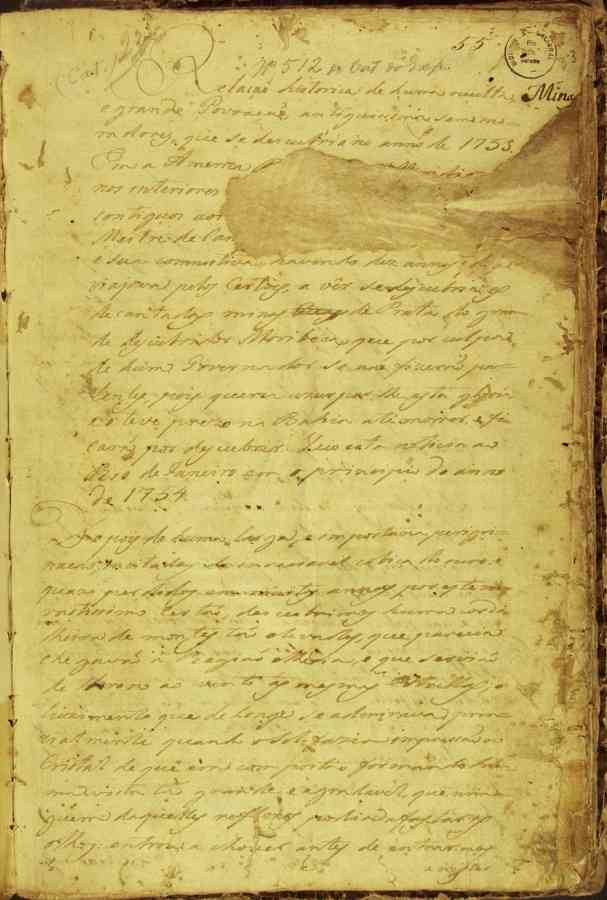
The document known as Manuscript 512 was written by the Portuguese explorer – Joao da Silva Guimaraes, who had stumbled upon a mysterious ancient city in jungles of Mato Grosso province of Brazil. This city, which was later named as – The Lost City of Z, by Percy Fawcett; had an otherworldly description in Manuscript 512. This mysterious city, present in deep Amazonian Jungle, was reportedly seen by Joao da Silva Guimaraes himself & he wrote about his findings in the Manuscript 512.
According to the description, this ancient city was made up of multi-storeyed buildings, stone arches, statues,and magnificent wide paved streets; which resembled the architecture of ancient Greece. Although the houses in the city were very well maintained they appeared to be abandoned for a very long time. The manuscript even described the discovery of a bag of gold coins and the presence of writings, which were very similar to those of ancient Greece. The explorers had also seen 2 natives, who surprisingly were white in color& fled from the scene when they saw the explorers. The only problem with the description was that the location of this legendary lost city had not been divulged by the ancient explorers.
The description in the manuscript was so vivid, that Percy Fawcett was deeply convinced that the facts mentioned in Manuscript 512, were indeed true. This was not the first time he was hearing about an ancient city hidden in a jungle.He had heard similar stories numerous times before also during his adventurous trips across the South American continent. All the stories of these ancient cities had onething in common –they were about people who were very rich & had ample stores of gold, silver,and other precious gems. The rediscovery of ancient Incan city of Machu Picchu in 1911, in remote Andes mountain in Peru, prompted Percy Fawcett to mount his expedition.
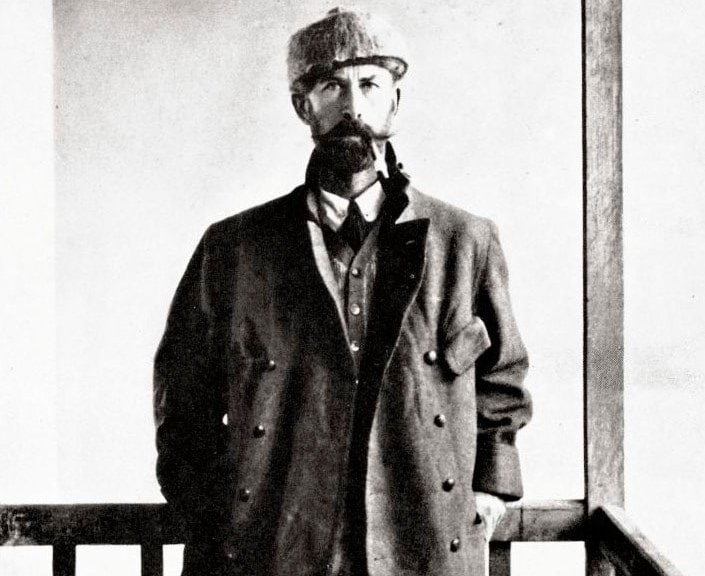
The enthusiasm of Fawcett was clearly evident by a letter, he sent to his son – Brian, where he described what he expected this mysterious city, which he had named – The Lost City of Z, to be like. He described the ruins of the old city would be older than those structures of ancient Egypt. Its writings to be similar to those of ancient European scripts. The city itself would be in the center of a 10-mile-wide valley surrounded by a lofty mountain (maybe he was a bit too inspired by Machu Picchu of Peru). He believed a roadway of stone would be leading to the city, which would be having a pyramidal temple, surrounded by low and windowless houses. The people living in this city (he believed) would be numerous, who would own domesticated animals & mines rich in minerals in the surrounding mountains.
Almost a year later after Percy Fawcett’s exposure to Manuscript 512, he set out on his first expedition in 1921 to find the mysterious – The Lost City of Z. It would not be an easy venture. Dangerous animals, hostile natives, hardships of Jungle and numerous lesser-known diseases wreaked havoc on his team. In spite of the challenges, he made multiple attempts, to find the lost city but without any luck.
Percy Fawcett’s last venture was in 1925, which was much better equipped and better funded, with Royal Geographic Society supporting him. Percy Harrison Fawcett, along with his son Jack and companion – Raleigh Rimell, went into the Mato Grosso region of Brazil, searching for the enigmatic city in the jungles never to return. In spite of the unfortunate end of this expedition, approximately another 100 explorers (in a total of 13 expeditions) followed in the footsteps of Percy Fawcett, to find the lost city of Z, but they too disappeared without any trace.

In the early 21st century, archaeologists have discovered an ancient city named – Kuhikugu, where an estimated 50 thousand people once lived. They had remarkable skills in engineering, and these are evident in its roads, moats, and farming sites. This site in Xingu region of Brazil situated in Amazon rainforest may have been responsible for the numerous stories, that inspired Percy Fawcett to risk everything in his attempt to discover – The Lost City of Z. However, as the mythological city’s location was always unknown, there is no way to be sure. The city as described by Fawcett was never found and finally, the explorers gave up searching for the city
Also known as City of Caesars or Wandering City, this describes a Legendary Lost City in South America, that is supposedly present somewhere between the mountain ranges of Argentina and Chile. Once upon a time, like the above-mentioned Lost City of Z, this city was also a considerable source of controversy & enthusiasm. However, there were a few major differences also between the stories. The expeditions for finding this city started much earlier in the 16th century and it was the Spanish explorers, who took the lead in this case.
The story regarding the mythical city of Caesars is closely associated with the Spanish explorer Captain Francisco Cesar, who during his expedition in the area in 1528, came to know about a city filled with incredible riches. However, the legend about the lost City of Patagonia did not arise from just one source but was a summation of different stories, of different Spanish explorers who tried to find this place over a couple of centuries.
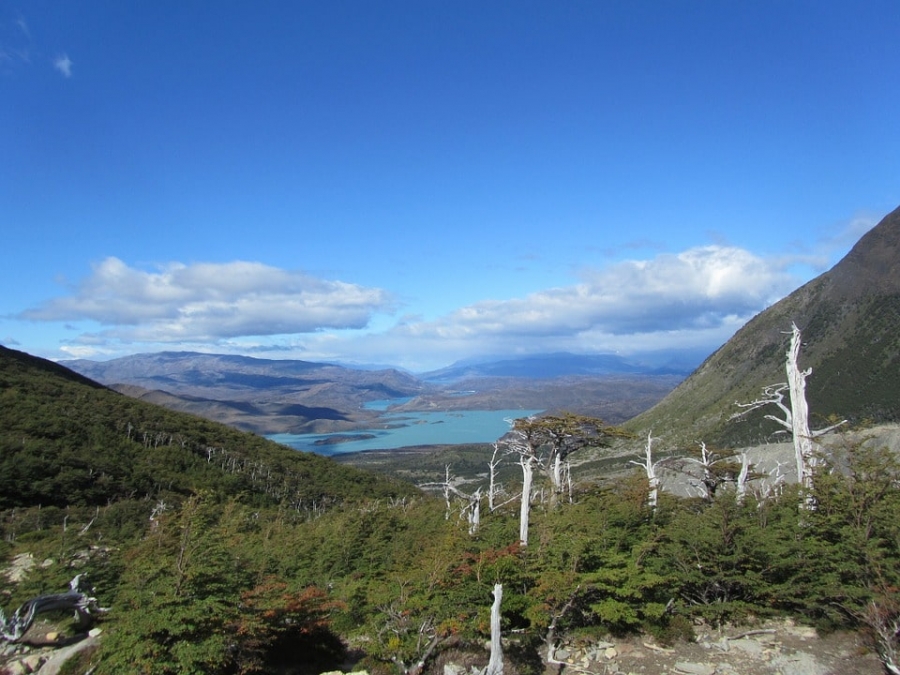
The city was supposedly located somewhere in Andes mountains andwas believed to be hidden from the sight of outsidetravelers by a dense fog. This was the reason that explorers couldn’t find the city, which was believed to have an endless supply of silver, gold,and gemstones. The natives of this city were called Caesars, as they were believed to be descendants of a lost group of Europeans, who had founded the city. Some others believed that the city was founded either by giants, native Indians or even ghosts. Many delegates were sent from Spanish court to further investigate the facts, but the failure of multiple expeditions to find anything that remotely resembled the City of Caesars finally laid to rest any more curiosity about the Lost City of Patagonia.
Legends of Lost cities were not just present in the South American continent only, other parts of the world including North America had its fair share of such mythological cities too, that influenced historical events. Lost Kingdom of Saguenay was one of the important reasons, that made the French tremendously interested, in what is now the modern-day – Canada.
The legend of the Lost Kingdom of Saguenay is closely associated with Jacques Cartier – the explorer who claimed Canada for France. After reaching Newfoundland in May 1534, he claimed the area for France. Encouraged by his success, (he believed he had reached Asia) he returned in 1535 with a better-equipped team. In this venture, he traveled via St. Lawrence River from Stadacona (the capital of Iroquoian natives) to Hochelaga (modern-day Montreal).It was during this visit, that Jacques Cartier first came across the story about the Lost Kingdom of Saguenay, which had been told to him by the native Indians.
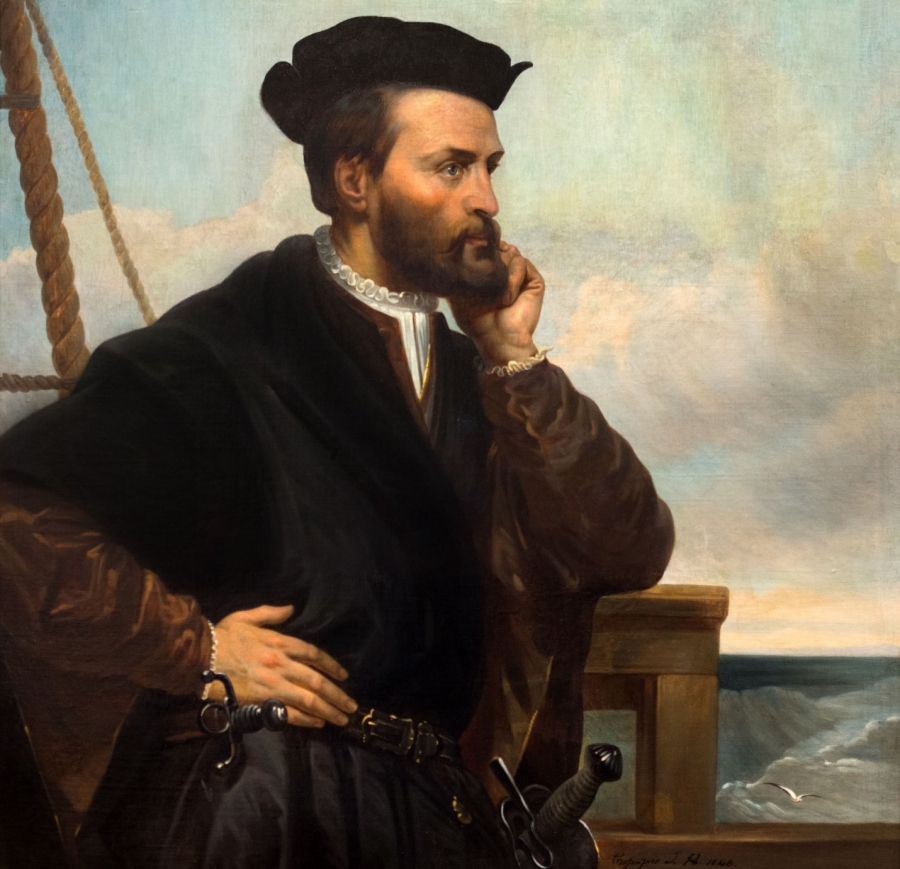
Like other lost cities, Kingdom of Saguenay was also believed to be incredibly rich, having an endless amount of gold, diamonds, rubies and other valuable stones. This kingdom with fantastic riches supposedly belonged to a race of law-abiding, white men and women. Cartier was so much influenced by these stories that he took the chief of natives – Donnacona, to France to describe the prosperity of the kingdom, in person to king of France – Francis I. On the king’s orders on 17th October1540, Jacques Cartier returned on a third voyage that would be his last one.
This third voyage would not go in favor of Cartier for multiple reasons. The French king soon after ordering Cartier to lead the expedition, sent another courtier and a close friend of his – Jean Francois de La Rocque de Roberval in 15th January 1541 to supersede and replace Cartier. However, he was able to mount an independent expedition of his own in search of Kingdom of Saguenay (after taking prior permission from Roberval).
Unfortunately for Jacques Cartier, he failed to find any lost city, with precious items. Bad weather, dangerous diseases, and hostile native’s attackforced Cartier to leave for France in June 1542. After his departure, Roberval took command of the expedition, but this too ended in failure and the mission was abandoned in 1543.
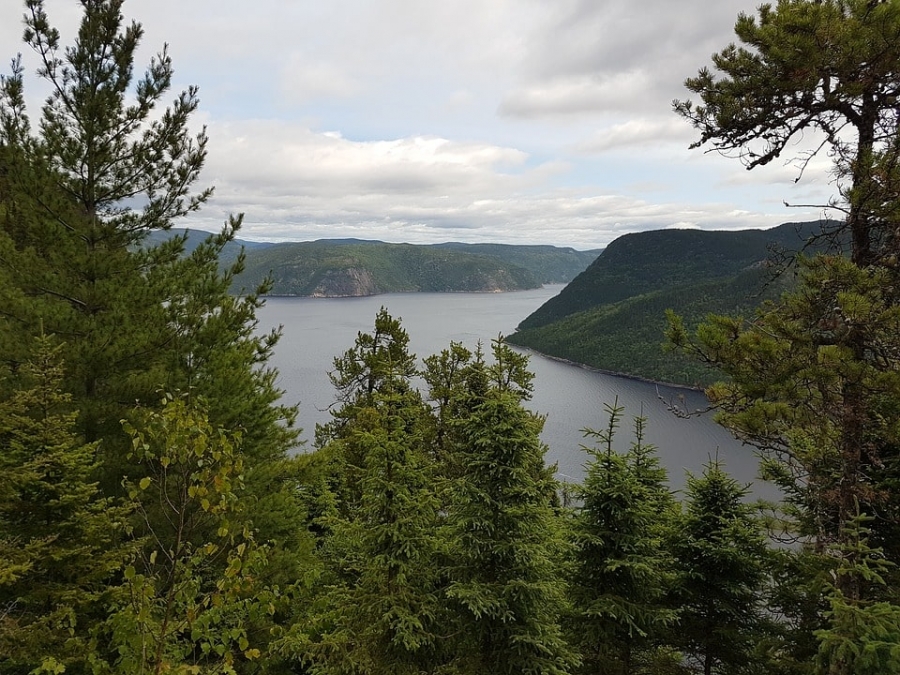
Most of the people in the modern world believe that the Kingdom of Saguenay was just a fictional story told by the natives to fool the greedy explorers. However, some also maintain that there may have been a possibility that the native Indians may not have been lying, and their ancestors may have come across ancient Viking explorers, who may have visited North America many centuries ago.
Fascination with mythical far away unknown places did not just start in the age of discovery/age of exploration that started from the early 15th century. The curiosity and mystery of unknown places had existed from a time much before that, and the legend of Hyperborea is a testament to this fact.
The legend of Hyperborea originated in the ancient Greek civilization of antiquity, who believed that the Greek god of north wind (Boreas), lived in Thrace (a historically relevant geographical region, in southeastern Europe – now split between Turkey, Greece, and Bulgaria). So according to them, Hyperborea was a place situated north of Thrace.
Hyperborean was believed to be an ancient civilization, with incredible prosperity and advanced technology, and located somewhere near the North Pole, when this place was suitable for sustaining human life and its development. In later times certain people also came up with the theory that Hyperborea, was the Original garden of Eden, where heaven met the earth.
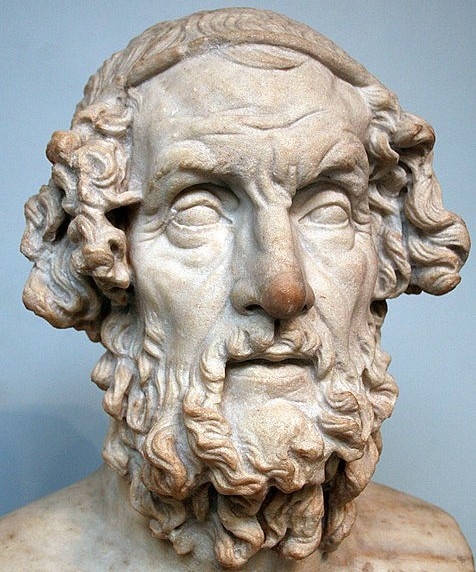
The city was supposedly inhabited by people who were immortals &believed to have a system of governance, in which 3 priests ruled in the name of God Apollo. Even god Apollo himself was believed to visit this region, every 19 years to increase his vitality, restore his youth and feel better; as the Sunhere shone for 24 hours a day.
Ancient Greek scholars varied in their opinion regarding Hyperborea. The famous Greek historian Herodotus, described this city in great details in his book – Histories. He referred earlier work of other scholars like – Homer (whose story of Trojan war is famous to this day) who described Hyperborea in his lost work – Epigoni. According to Herodotus, another 7th century BC poet named – Aristeas had described the ancient city in his poem called – Arimaspea. Unfortunately, the records mentioned by Herodotus have been lost to history.
Opinion about the city, however, was divided, Classical Greek poet – Pindar, described that there was no way a person could reach Hyperborea, either by boat or by foot. Many others also asked the same question as, where was this mythical land. In addition to the popular possible locations described previously, the Greek historian and philosopher of 4th century BC – Hecataeus of Abdera, believed Hyperborea was modern-day Britain. Plutarch, the Greek biographer,and essayist, described in 1st century AD that Hyperborean were most likely the Gauls, who had sacked Rome almost 400 years ago.
With the passage of time, Hyperborea and its people were defined &characterized differently by different experts. Some scholars have tried to rationally justify the earlier descriptions. They have stated that above the arctic circle, the Sun can indeed shine for 24 hours a day. This made certain northern Europeans claim that they were Hyperboreans.
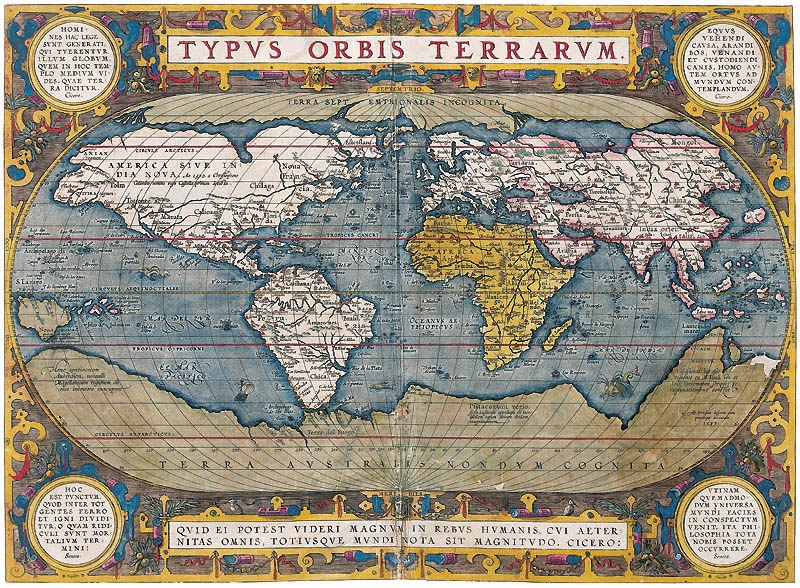
Even in the modern world, a reference to Hyperborea comes up in different writings and cultural references of different luminaries, including – Friedrich Nietzsche (The Antichrist), Stephen King (Dark Tower series) and even in the plot of Indiana Jones and Fate of Atlantis.
El Dorado was one of the mythical cities in the world that captivated many explorers in the age of discovery, especially Spanish explorers hunting Latin America for gold. The legend of El Dorado – the lost city of gold, was started by the Spanish explorers of the early 16th century. “El Dorado” is Spanish for – the golden one. This word was used to describe the tribal chief of Muisca people (indigenous natives of Colombia) during a special initiation rite, however, the meaning later became synonymous to the legendary city of gold.
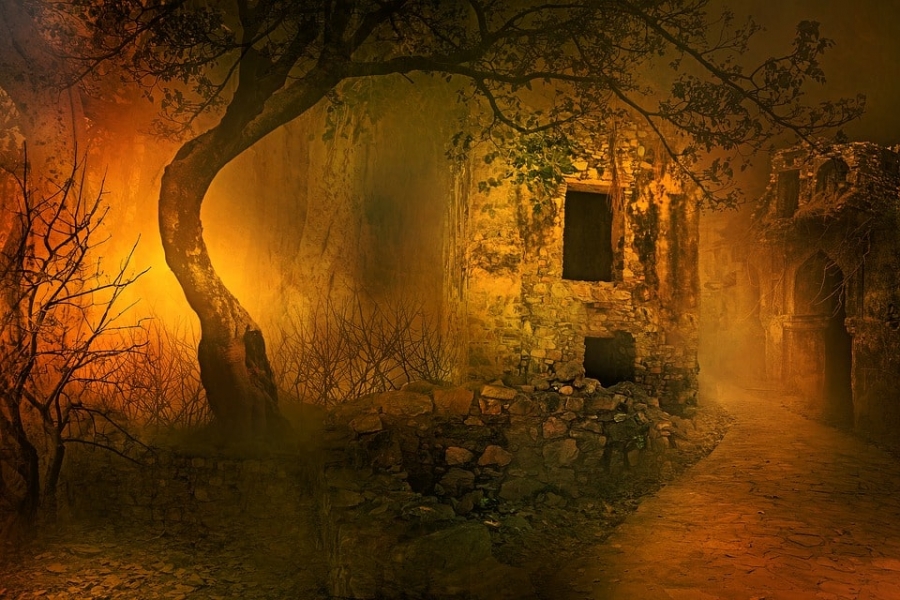
After the death of a leader in the Muisca tribe, when the new leader was chosen, he had to pass through a few special rituals first. The next tribal chief would be taken to the lake Guatavita first, where after disrobing, he would be covered in golden dust, then taken to the center of the lake in a raft, along with his attendants – carrying a large amount of gold and precious stones. Once they reached the center of the lake, all the gold and precious stones would be thrown into the water by the attendants as the new tribal chief washed the gold dust from his body. This elaborate ceremony was done as a symbol of sacrifice to the god of the Muisca people.
Slowly this version of the story of El Dorado changed from the golden king to – the lost city of gold. For hundreds of years, ancient explorers and treasure hunters from all over Europe have tried to search for this mythical El Dorado the Lost City of Gold. The prospect of discovering a mythical city of gold, filled with gold, diamonds and other priceless gems, made a lot many people do things, which ranged from extremely brave actions to one of utter stupidity.
In 1545, explorers Lazaro Fonte and Hernan Perez decided to empty lake Guatavita, with workers forming a bucket chain. Although a little amount of gold was found in the shores, they were unable to empty the lake and hence unable to search or verify if any treasure was present in the depth or not. Similar efforts were once again made in 1580 by businessman Antonio de Sepulveda, with similar results. In spite of finding, gold at the shores, water could not be emptied sufficiently to ascertain if any treasures were indeed present at the bottom of the lake. These bizarre efforts continued well up to 1965 when the lake was declared a protected area, by the Colombian government.
Besides Colombia, another location for El Dorado was believed to be the city of Manoa, which was located on shores of legendary Lake Parime, which was believed to be present somewhere in the Guianas region in northeastern part of the South American continent. Sir Walter Raleigh an English explorer of the 16th century undertook 2 expeditions for finding El Dorado in this region in 1595 and in 1617. In spite of repeated efforts by Raleigh and many after them, Lake Parime or city of Manoa, were never found.
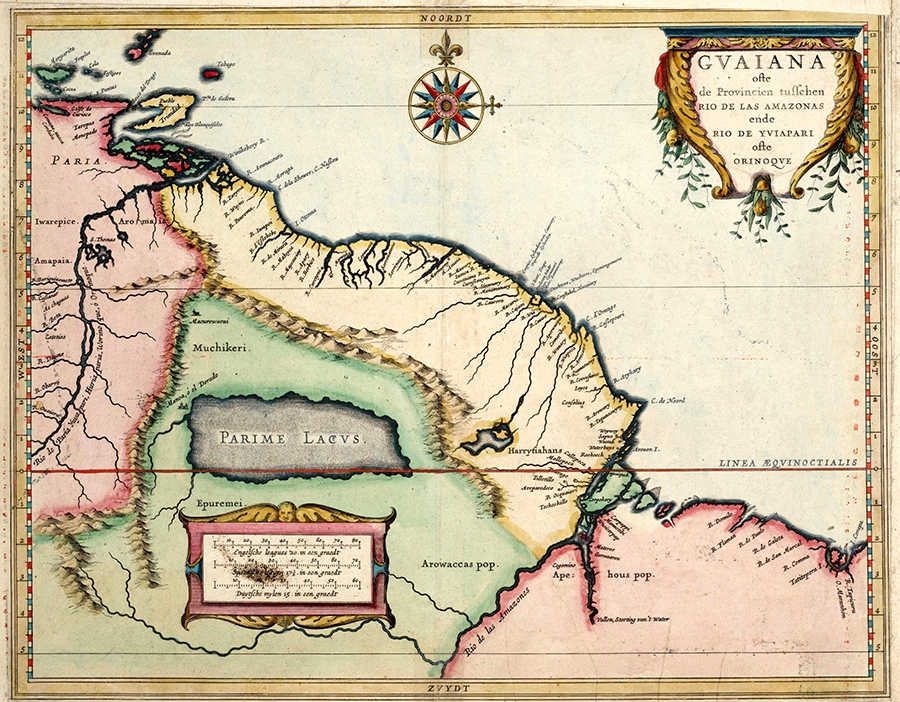
In the 21st century, it is beyond doubt that El Dorado – The Lost City of Gold, is just a myth like many others that were quite rampant, during the age of exploration. However, the concept of an entire city filled withgold retains its charm up to this day. This is evident by reference to this mythical city in multiple kinds of literature (both fiction & nonfiction), movies and video games. It seems mankind’s fascination with gold will never end, irrespective of the age we may be living in.
The Kingdom of Lyonesse, also known as Lost Land of Lyonesse is believed to have been a European kingdom, of the medieval period, which bordered Cornwall in the South of England. It has been mentioned in Arthurian legends (the legendary king who ruled Britain during the early 6th century), especially in the story of Tristan and Iseult. The Kingdom of Lyonesse was home of Tristan, who was one of the knights of King Arthur, in his “Knights of Round Table”. The kingdom is believed to have been of considerable large in size and covered a significant area, containing 140 villages.
According to tales, sometime after the death of King Arthur, Kingdom of Lyonesse got submerged under water and became a lost, sunken mythical city, which later became famous as the lost land of lyonesse. Although discussion about the kingdom of lyonesse, falls more in the domain of myths and legends, some scholars believe, that a real human inhabitation indeed was present close to Scilly Isles in Cornwall, England; which got submerged into the sea many centuries ago.
This sinking of the city into the ocean occurred rather in a very short span of time. The villages, along with its people and their animals disappeared into the water, never to be seen again. William Worcester, a 15th-century English topographer and chronicler, wrote about a lost kingdom, off the coast of Cornwall, in his itinerary. According to him, a large stretch of land (containing human settlements and churches), extending 6 miles from the sea was present, before the flood submerged it all.
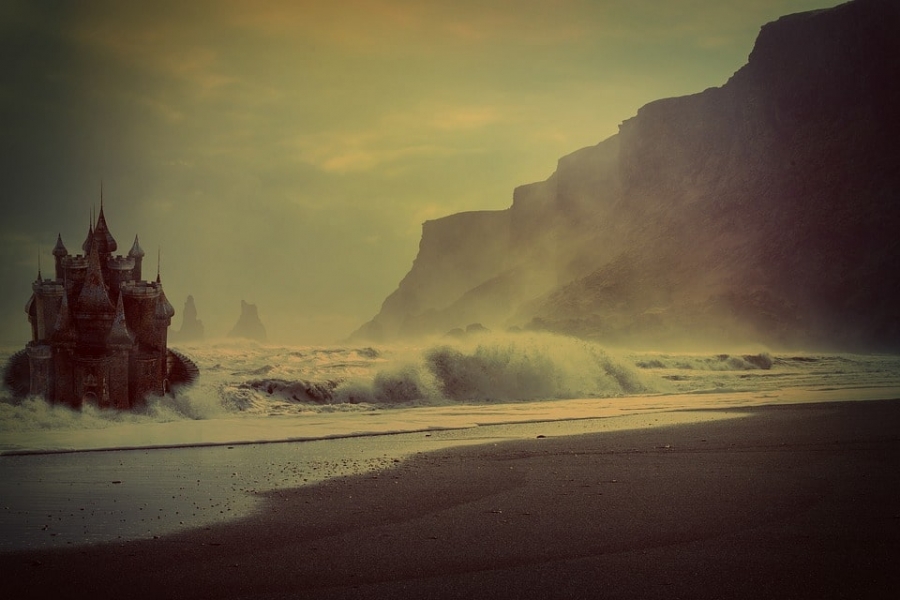
In spite of occasional stories of fishermen, recovering ancient artifacts in their fishing nets, no substantial evidence of great underwater civilization has ever been discovered. Although few geologists have expressed their opinion that in last 3000 thousand years, the sea levels have considerably risen and lots of area in the region have got covered by water. Keeping these facts in mind it is highly possible, that some ancient civilization may have been really present in the area in the past, which may have influenced legends about the lost kingdom of Lyonesse.
The legend of the lost city of Atlantis is the oldest and the greatest among all the stories about legendary lost cities of the world. The supposedly, greatest civilization to have ever existed in the world, the story of this lost city of Atlantis, became known to the world thanks to the scholar (s?) of ancient Greek civilization of antiquity.
The lost city of Atlantis was first mentioned in the work of ancient Greek scholar – Plato in 360 BC, in his work Timaeus and Critias. This mythical city of Atlantis was situated on an island, which was one of the most powerful & technically advanced kingdoms of that time. According to Plato, this island kingdom was situated beyond the Pillars of Hercules, which in modern-day describes the Strait of Gibraltar.
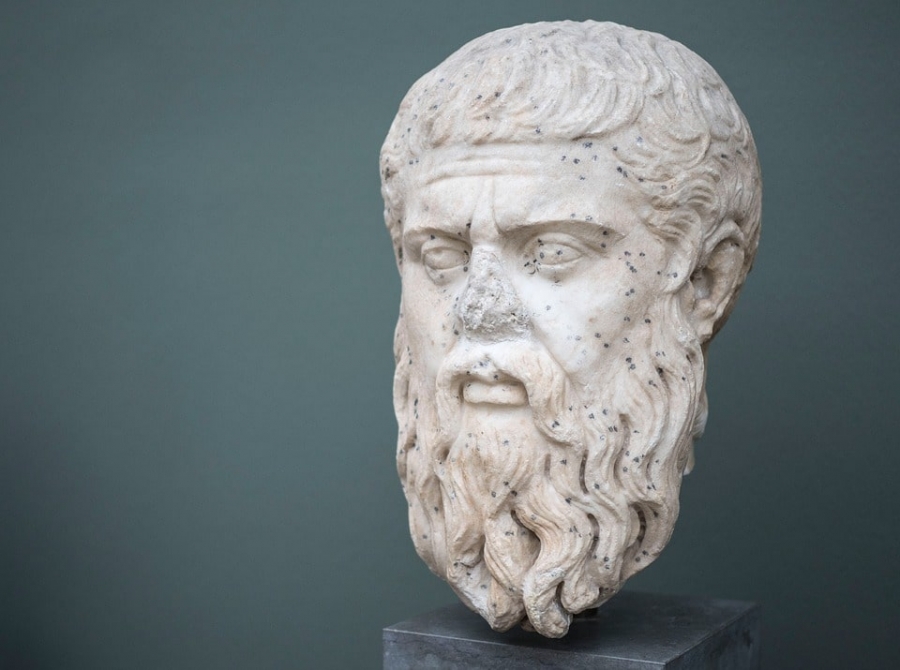
According to some fictional narrative, the inhabitants of this kingdom were descendants of the Greek god – Poseidon himself, and he was the patron god of this ancient advanced civilization. The inhabitants of this great civilization had very high moral values, a powerful naval force and were very prosperous. Unfortunately, over the ages, this civilization became plagued by more and more of moral decadence and unruly behavior of its people. This finally evoked the wrath of the gods & the island was punished by fire and earthquakes, before finally sinking into the ocean in 9600 BC.
The importance of the legendary lost city of Atlantis has been interpreted differently by different scholars. The famous student of Plato – Aristotle, believed that Atlantis was just a mythical concept invented by his teacher to teach philosophy. However, by the time of Greek philosopher – Crantor (who was a student of Plato’s student – Xenocrates), the story of Atlantis was becoming a part of History. Some literature reveals that Crantor visited ancient Egypt and found that the facts that Plato had described were already previously written in pillars of ancient Egypt. Modern historians are clearly divided about these claims.
Atlantis has also been mentioned in the works of Renaissance writers like –Francis Bacon and Thomas More. The age of exploration and discovery brought forward many proponents, who declared that the new world – American continent must have been the Atlantis, that Plato wrote about.
In the modern world most of the scholars, claim that Plato’s description of Atlantis was pure fiction. Many scholars believe that the ancient prosperous Greek city of – He like, which was completely destroyed in 373 BC, by a devastating tsunami and later got submerged underwater may have been the inspiration behind Plato’s description of Atlantis.
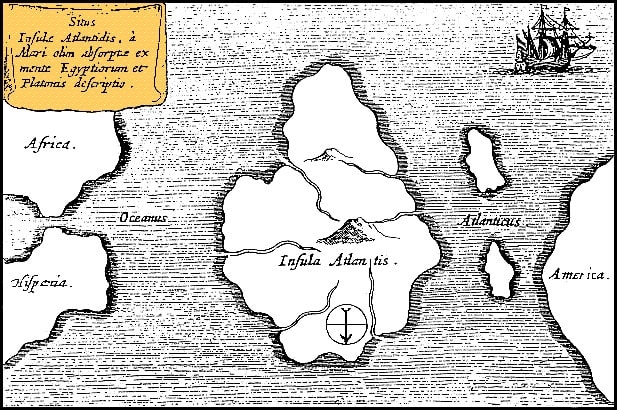
However, some people did not accept that Atlantis was just a mythical city, but believed that it indeed may have been an ancient advanced civilization, which got lost in time. The areas, which have been identified as a possible location of legendary ancient Atlantis are many. The Island of Santorini, Strait of Gibraltar off the coast of Spain, Eye of Sahara in west-central Mauritania, Bermuda triangle and Antarctica are a just few popular sites, among a multitude of different possible places that have been declared as possibly being the lost city of Atlantis in the past.
Most of those legendary cities, whose name comes up in the pages of history, have been proved in the modern world, to be a part of ancient myth and nothing more. However, in the age of discovery when explorers chartered unknown areas in search of mysterious lands, with a promise of better future not just for themselves but for their entire countrymen; these places were very real to them. Countless unknown men and women have perished, challenging the mighty ocean and other dangers of nature, to define what is real and what is not, for people of the modern world. Their fascinating and intriguing exploits makes these mythical cities very real, and a story worth telling.